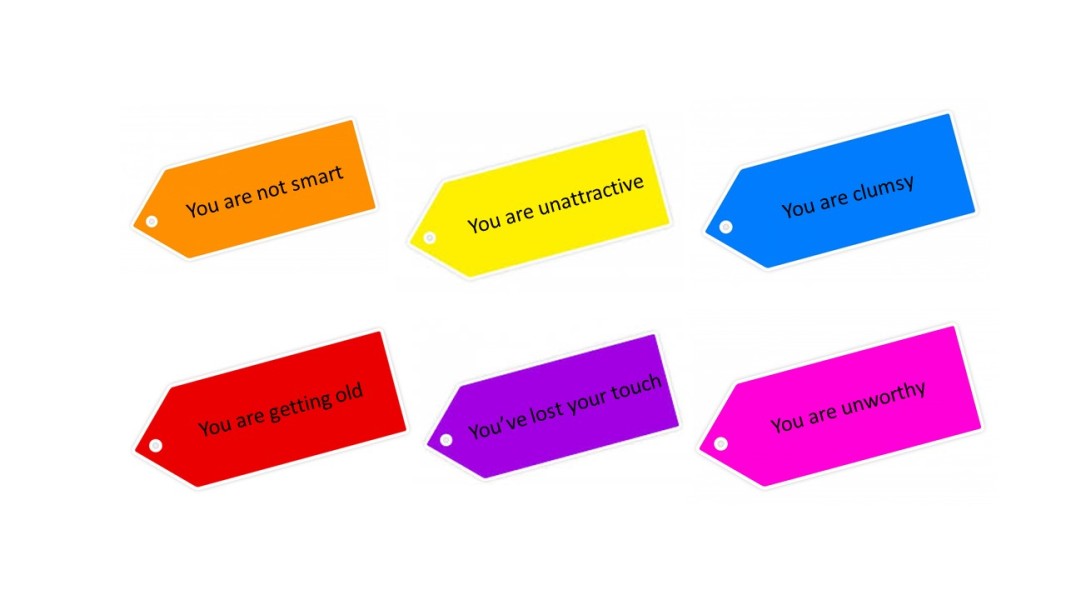
The Labels We Give Ourselves
How do you describe yourself to others? How do you describe yourself to yourself when no one else is listening? Do you include your occupation,


How do you describe yourself to others? How do you describe yourself to yourself when no one else is listening? Do you include your occupation,
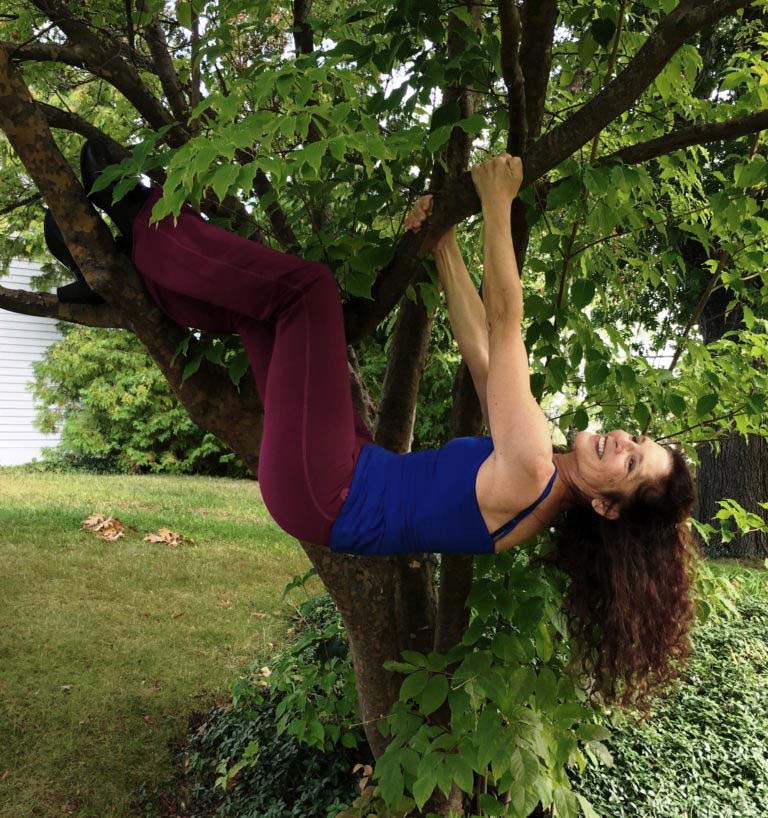
Sometimes I feel like my anxiety or fear or irritation are all that I am. Strongly-felt emotions can color how I see the world, and

“Man cannot discover new oceans until he has courage to lose sight of the shore.” – Anonymous Often we only think of transformation in terms

Recalibration. It can be the act of resetting goals, changing a message or purpose, or altering the way one operates. While recalibration can often be

In 2005 I bought a Subaru outback. It took me 5 months to find the right one! Strangely enough, various friends came out of the
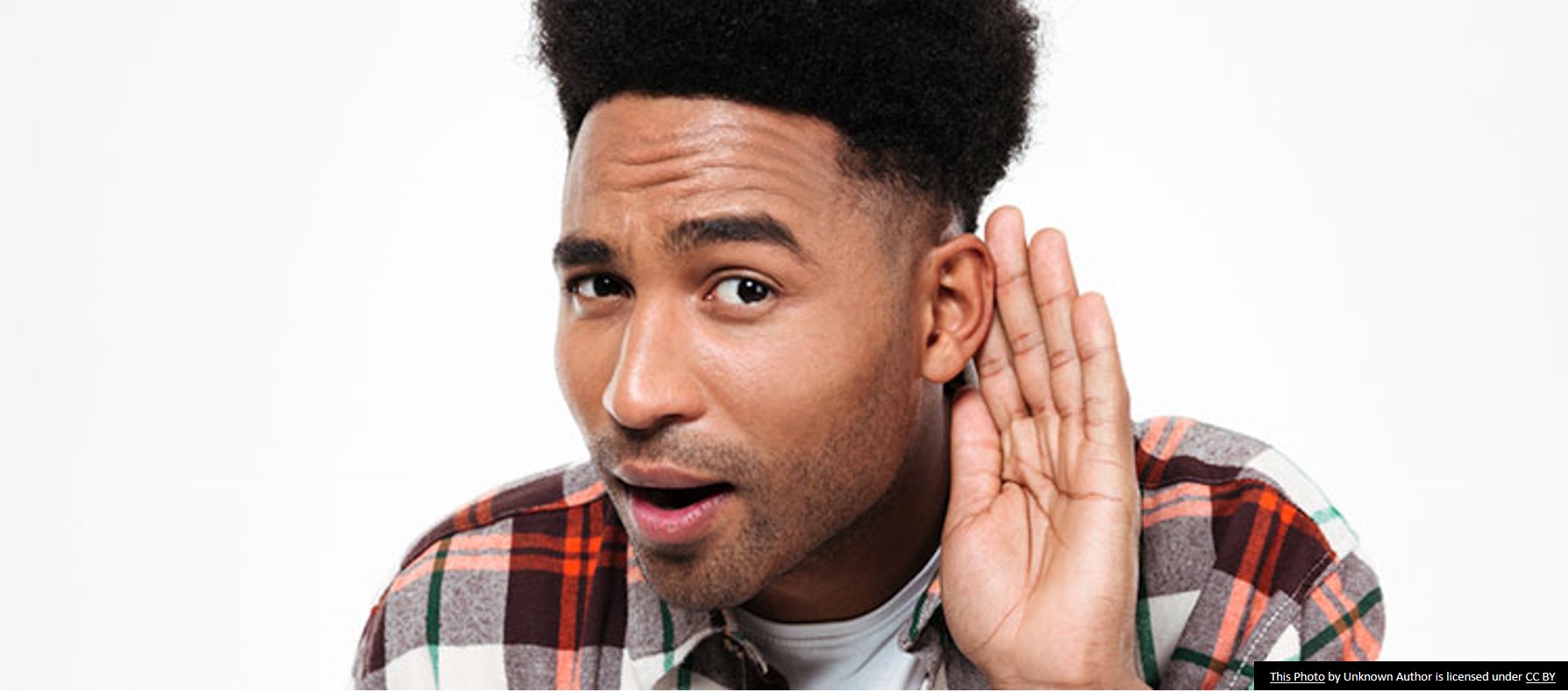
Listen more….. 2 words, 3 syllables. This is what came to me last night as I fell asleep. What could it mean? As I sat

What is balance, after all? It is simply staying in the center; the essence of being of ourselves. It allows us to come from the
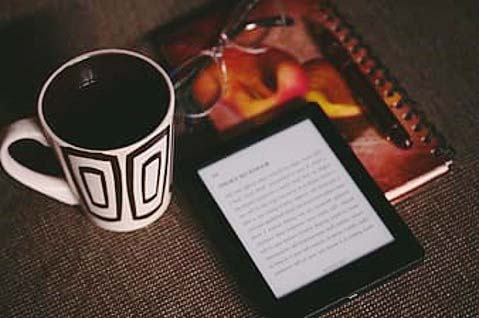
I just finished repotting a number of my house plants. I found bigger pots, some new soil, and began spreading out the roots of the
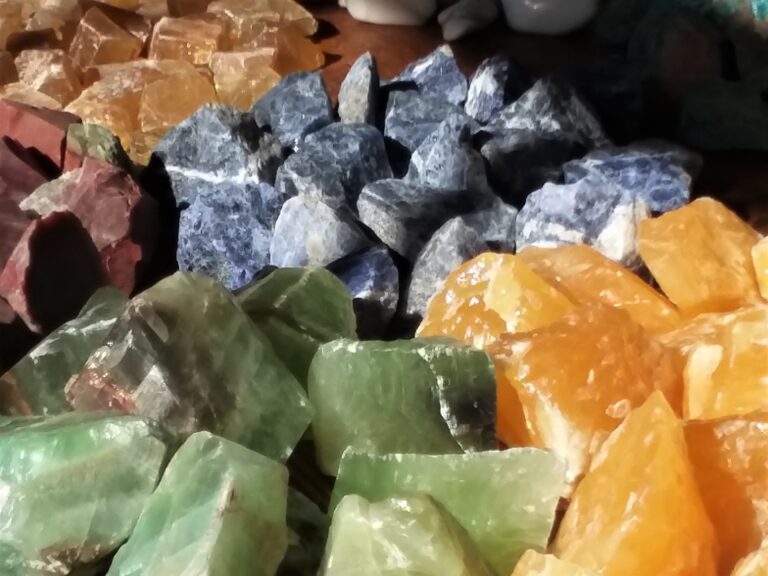
As a young child, I was fascinated by stones. I collected ordinary rocks found in my backyard or at the pond, looking for specific-colored stones
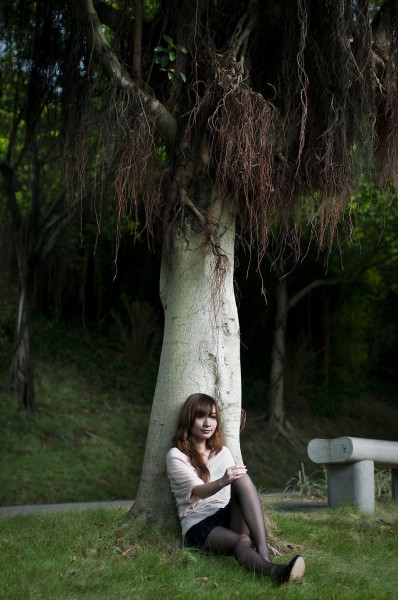
You are outside on a hot, hazy summer day. The atmosphere is saturated with moisture and a storm is imminent. You are walking across a